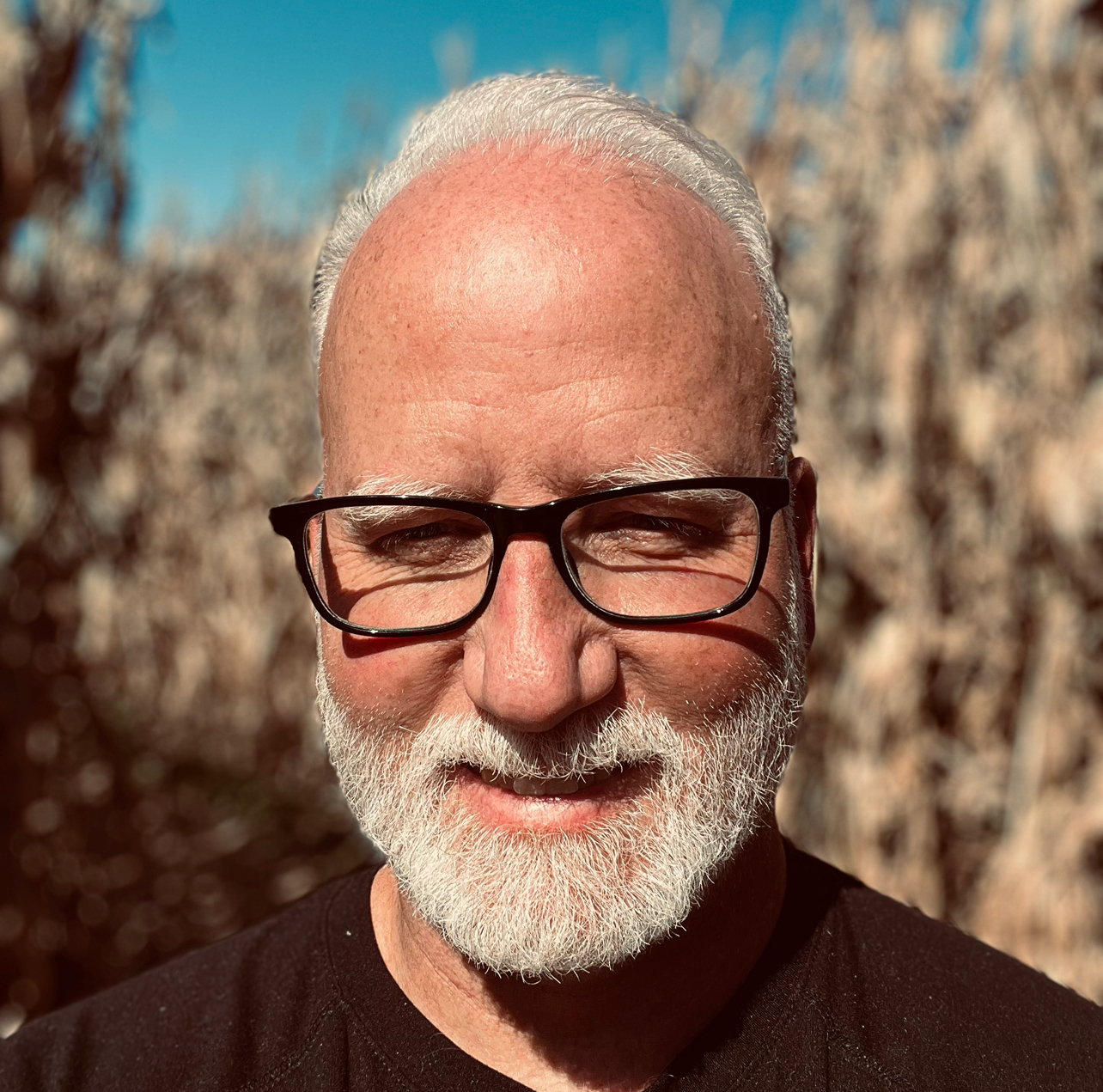- Register
- ☰
×
Register Today
Don Shomette
540-577-7200
don@donshomette.com
Safe & Loved
Coaching/Consulting
Trainings
Free Resources
My daughter was in a car accident.
The front end of the vehicle was smashed.
The officer on scene took a glance and said, “The hood probably won’t open.”
And that’s all it took.
His assumption became fact.
For a month nobody even tried because “the hood won’t open.”
But the truth is that it did open.
That’s what a misdiagnosis can do.
It sets everything in motion based on an imperfect assumption.
When a wrong story becomes the starting point you stand a great chance of doing more harm than good.
I know it’s easier and faster to make a quick call.
“He’s depressed.”
“She’s narcissistic.”
“They’re OCD.”
But try not to do it for 3 important reasons:
1. You could be wrong.
Even with years of experience and good instincts, we all miss things. Diagnosing requires formal criteria, context, and expertise and even the professionals who do it for a living can struggle with accuracy.
2. You could label someone for life.
Once a label is spoken, it sticks. It can affect how people treat that student, how the student sees themselves, and how much grace they get (or don’t get) moving forward. Wrong labels can stigmatize, isolate, create additional problems and follow them well beyond school.
3. You could send everyone down the wrong path.
This is where the stakes get high. A wrong label doesn’t just change perception it redirects the entire trajectory of care, safety planning, and intervention. Getting this wrong moves you closer and not further away from violence.
So don't diagnose. Instead, describe what you see.
Be specific. Be neutral. Stick to the facts.
Say what the student did and not what you think it
One more thing.
Be careful not to automatically accept someone else’s diagnosis either.
You’re not questioning their intentions.
You’re protecting the accuracy of your student safety assessment.
If someone shares a label with you, ask:
“Why do you say they’re [label]?”
“What behaviors have you seen that make you believe that?”
“What did the student actually do or say?”
Always redirect the conversation back to observable behaviors!
If you stick with behaviors your student safety assessments will be more accurate, fair, and effective.
Most counselors are 95% of the way to doing great threat assessments. What they need is the missing piece. In one day, your counselors and key leaders will learn the critical Path To Violence framework that turns good assessments into great ones.

Join the Safe & Loved Community and get more tips